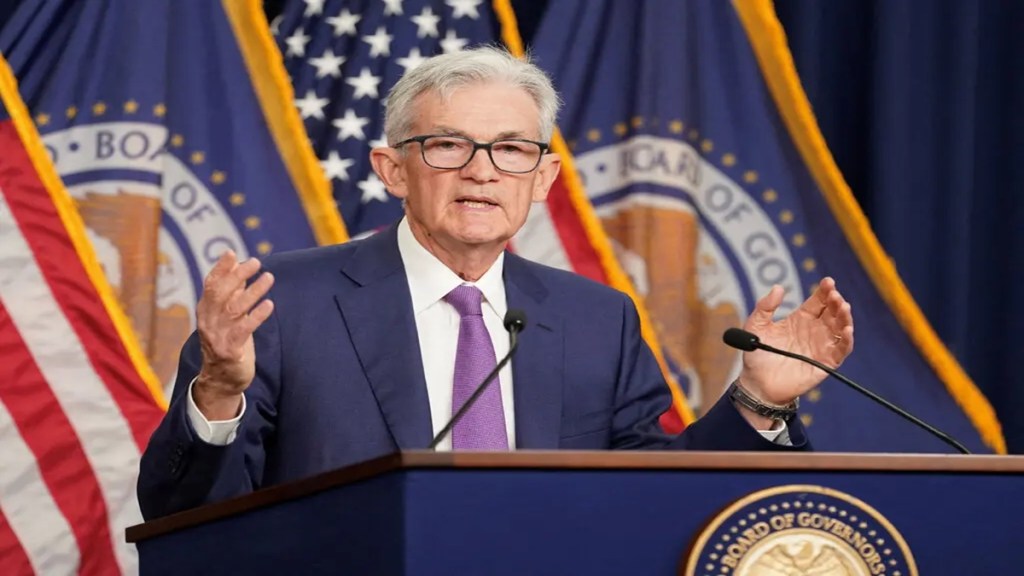US Federal Reserve delivered what was expected by a majority of market analysts. In November’s FOMC meeting, the Federal Reserve cut its benchmark interest rate by 25 bps (0.25 percentage points) to a range of 4.5% to 4.75%, its lowest since February 2023.
In the previous FOMC meeting held on September 18, after keeping the benchmark lending rate at a two-decade high of 5.25 to 5.50 percent, the US Fed reduced rates by 50bps.
Going forward, the Fed hints at more gradual cuts in the future. But, what happened between the previous and the recent FOMC meeting on November 7, cannot be ignored by the markets.
The return of Donald Trump to the White House may change the dynamics. This is because Trump’s policies are expected to be inflationary in nature.
“The election of Donald Trump as president-elect of the United States has sparked new speculations regarding the country’s economic policy. The incoming administration has indicated it may implement expansive fiscal policies, which could increase inflation and financial uncertainty. This would place the Fed in a challenging position, as it would have to choose between prioritizing inflation control or maintaining its low-rate policy to support growth,” says Antonio Di Giacomo, Senior Market Analyst at XS.com.
Trump plans to impose tariffs on imported goods and appoint Elon Musk to an efficiency commission, potentially generating $2 trillion from the next federal budget. These policies could significantly impact the US’s growth prospects and likely stoke inflation pressures in the world’s biggest economy.
Trump is in favour of aggressive rate cuts but for Powell, it means reigniting inflationary pressures. “President-elect Trump is likely to pressure the Fed to cut interest rates more aggressively like he did during his first term, but at least over the next year it will have little effect on the trajectory of interest rates since the Fed system is structured to insulate rate decisions from pressure from the White House. After Fed Chair Powell’s term expires in 2026, President-elect Trump will have an opening to appoint a new Fed chair who is more sympathetic to his calls for lower interest rates,” says Bill Adams, Chief Economist for Comerica Bank
So, that leaves US Fed chief Powell in a tight spot. “The balance of risks gives the Fed ample room to lower the Fed Funds rate well into 2025. Markets should not expect supersized rate cuts unless the economy turns south and doesn’t look at all likely for a while,” says Jamie Cox, Managing Partner for Harris Financial Group.
“Donald Trump’s election introduces an additional variable into the equation, as his expansive fiscal policies could drive prices higher and add uncertainty to the economic environment. The interaction between these policies and the Fed’s strategy will be crucial in the coming years, as the challenge will be maintaining a balance between economic stimulus and price stability” adds Antonio.
In the press conference, Federal Reserve Chair Jerome Powell stated that he would not resign if President-elect Donald Trump asked for his resignation.
The December FOMC meeting is the next important milestone for the markets as it also comes with a statement of economic indicators and the Fed’s Dot Plot.

